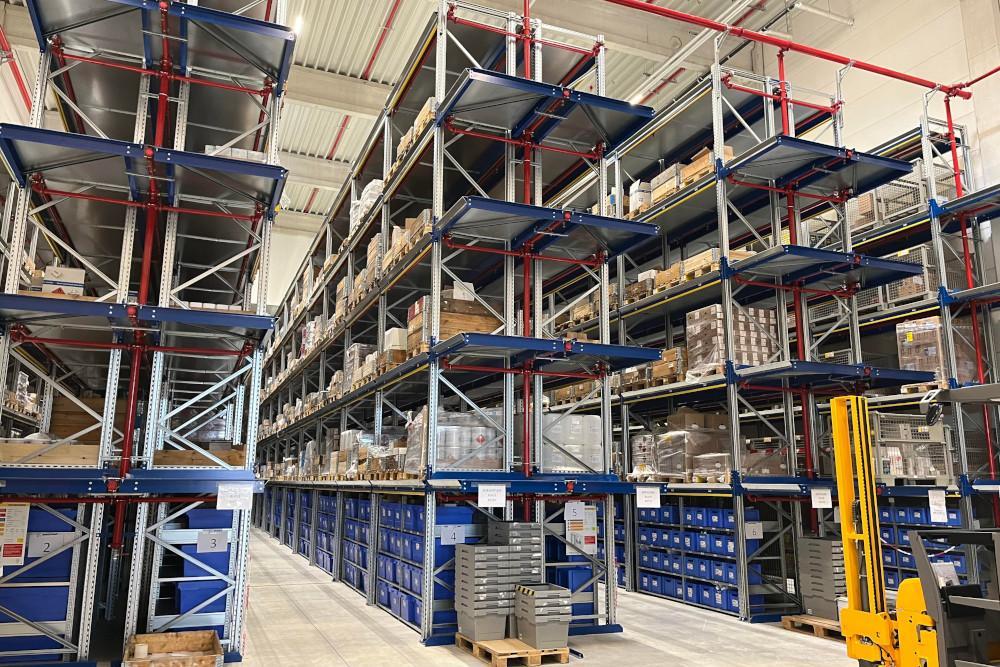
Credit: James Pozzi/Aviation Week
Supply chain problems have plagued both aircraft OEMs and the aftermarket during the recovery from COVID-19, and inflation is also worrying many MROs. Lags in deliveries are not across the board, but concentrated on certain parts. Many parts, especially low-value consumables, are delivered on time...
Subscription Required
This content requires a subscription to one of the Aviation Week Intelligence Network (AWIN) bundles.
Schedule a demo today to find out how you can access this content and similar content related to your area of the global aviation industry.
Already an AWIN subscriber? Login
Did you know? Aviation Week has won top honors multiple times in the Jesse H. Neal National Business Journalism Awards, the business-to-business media equivalent of the Pulitzer Prizes.





